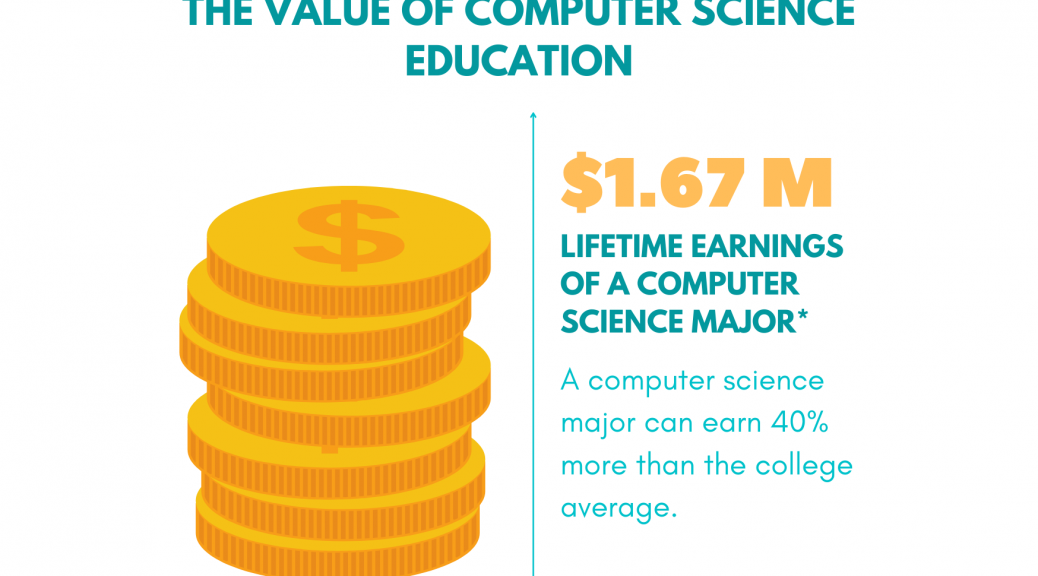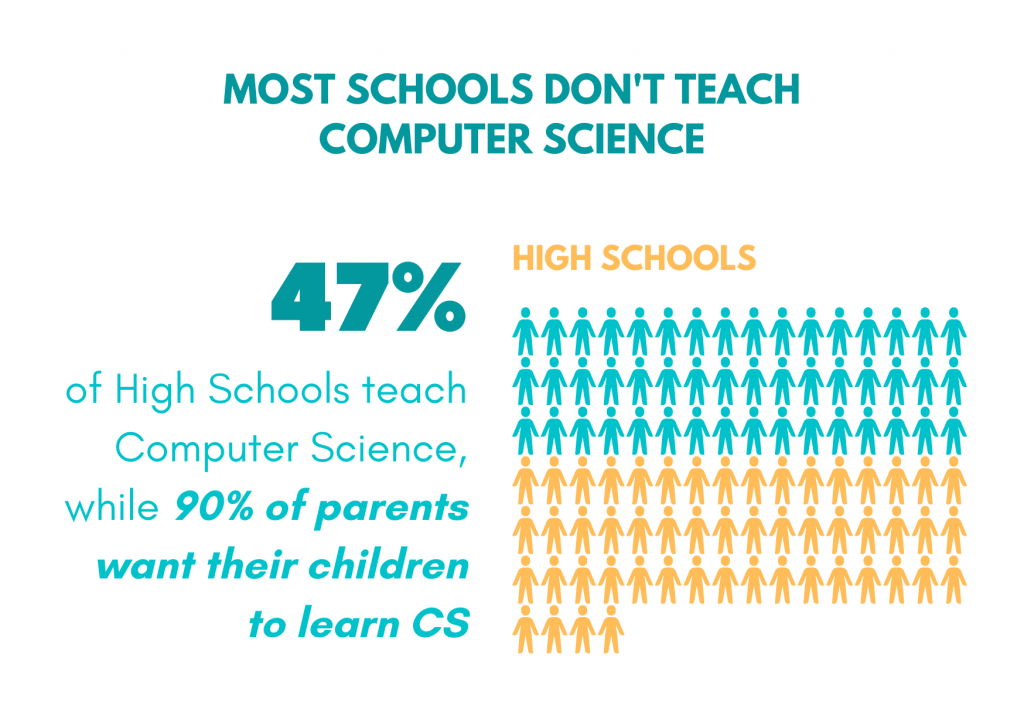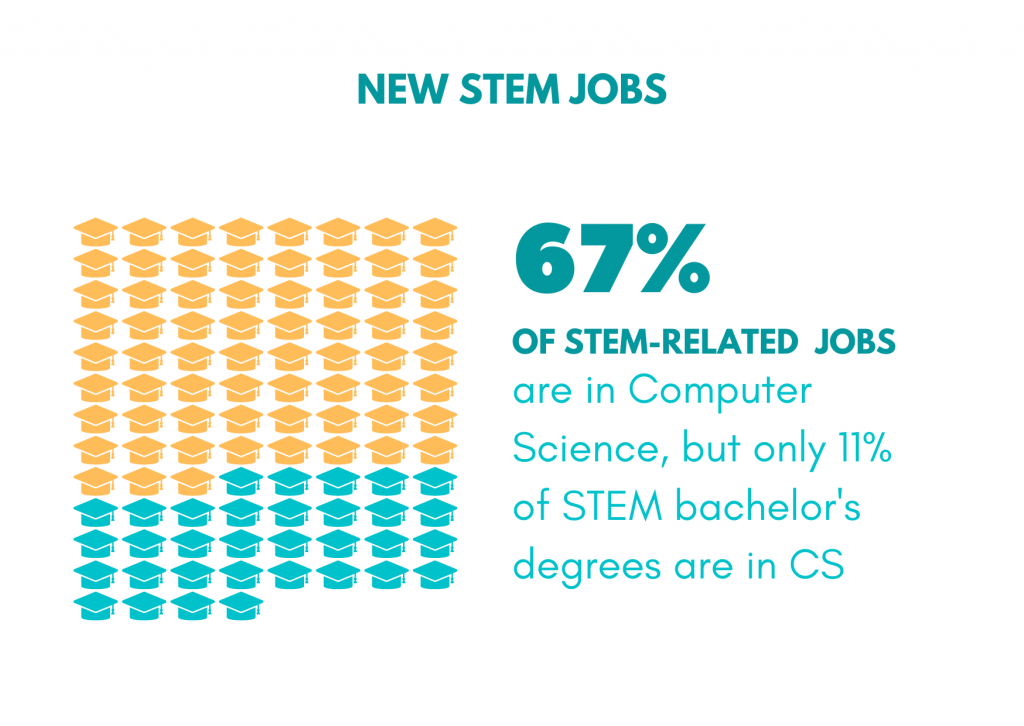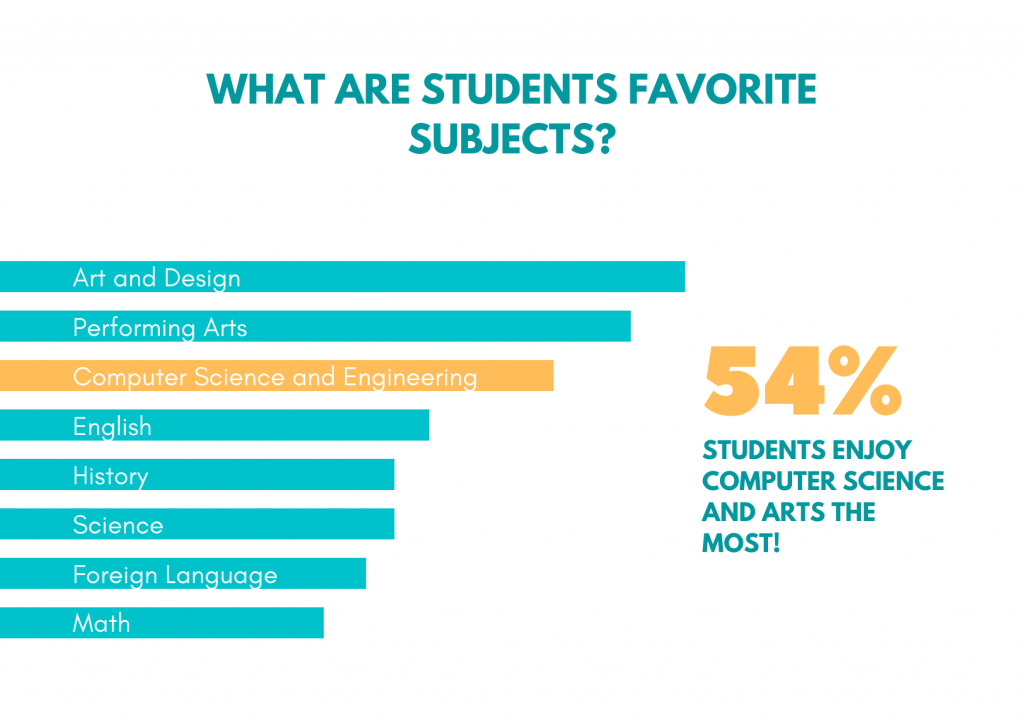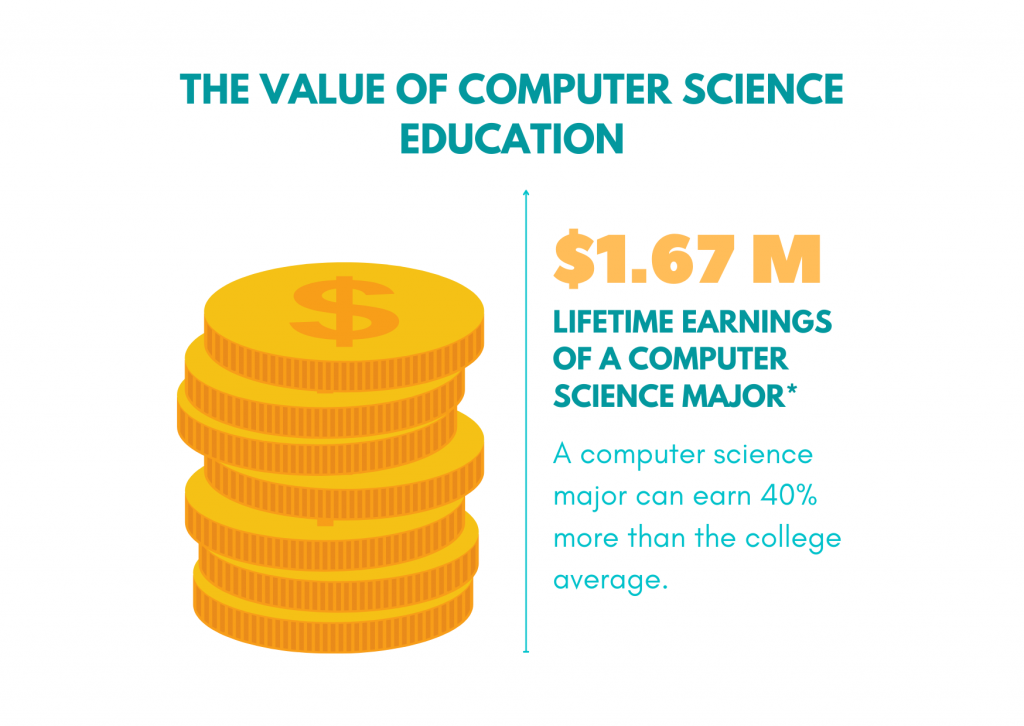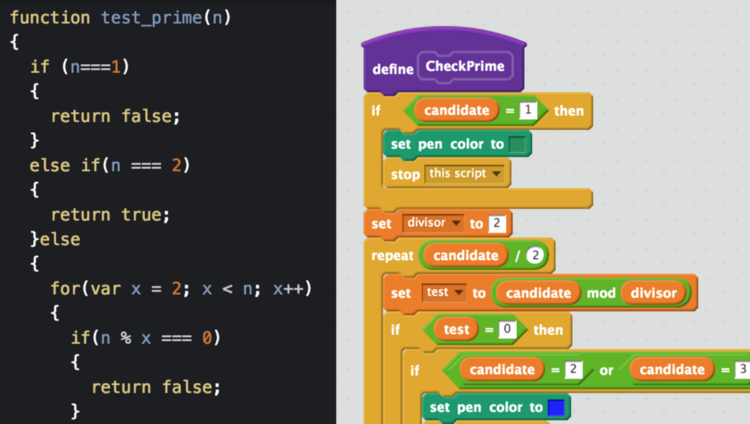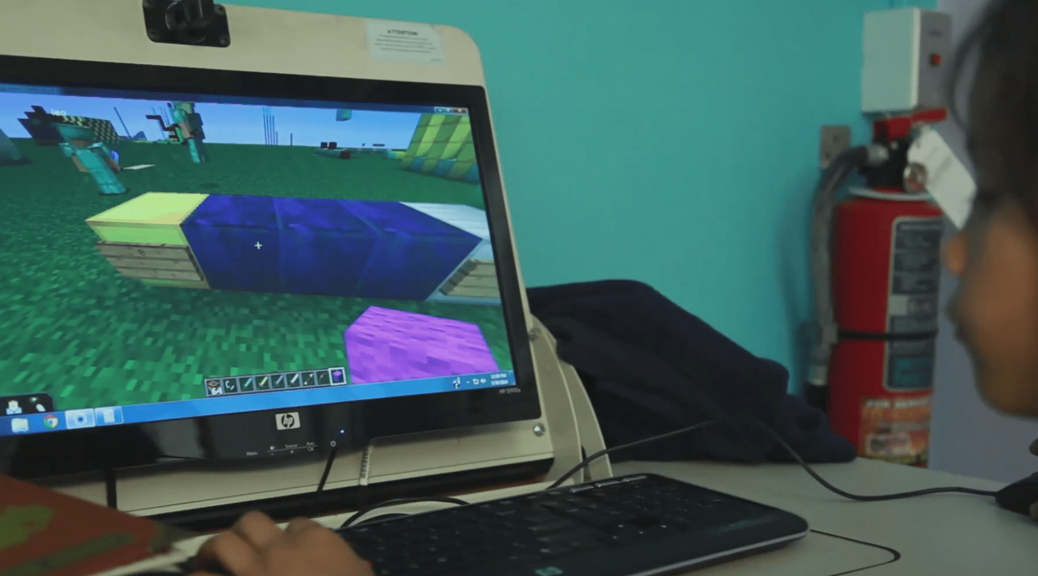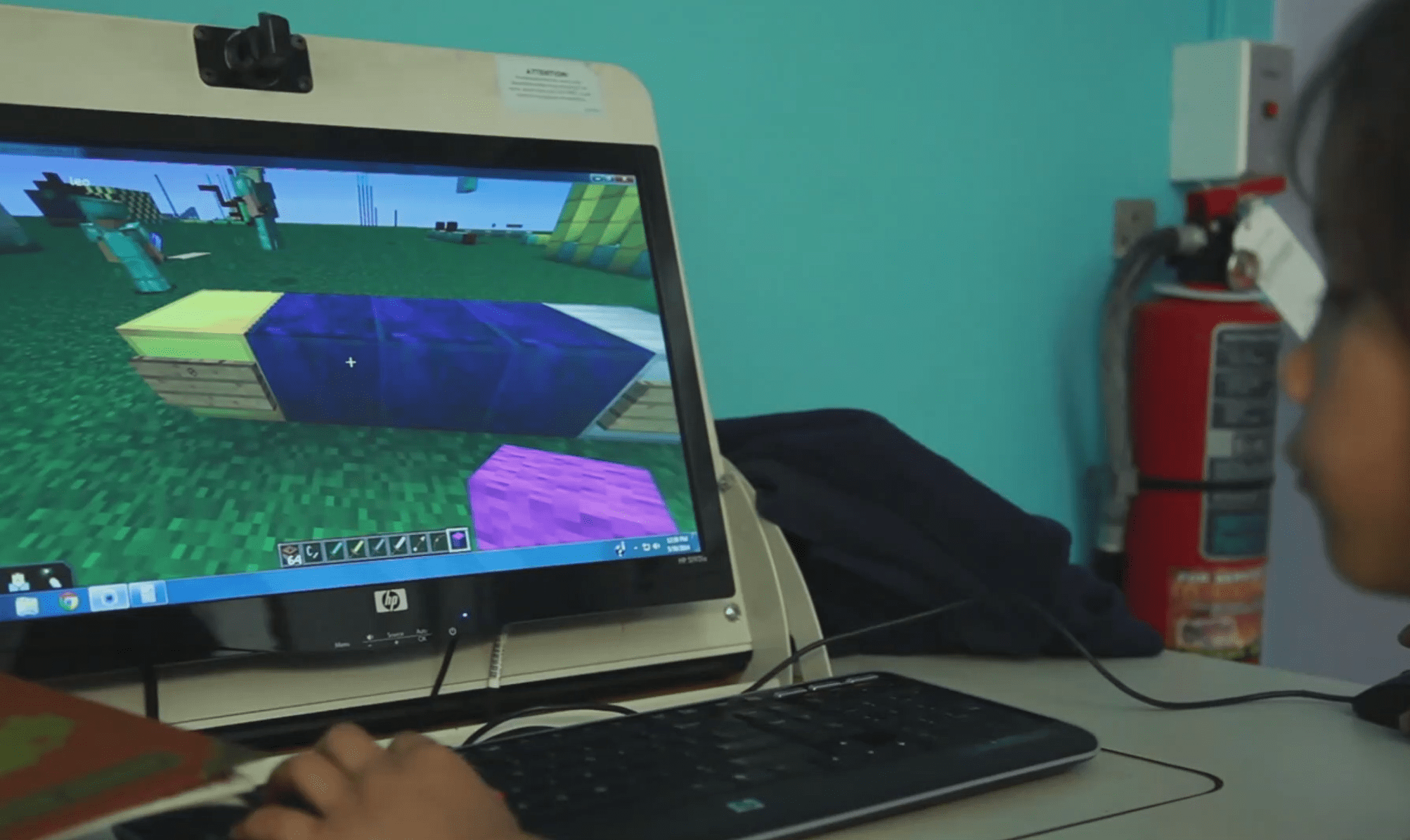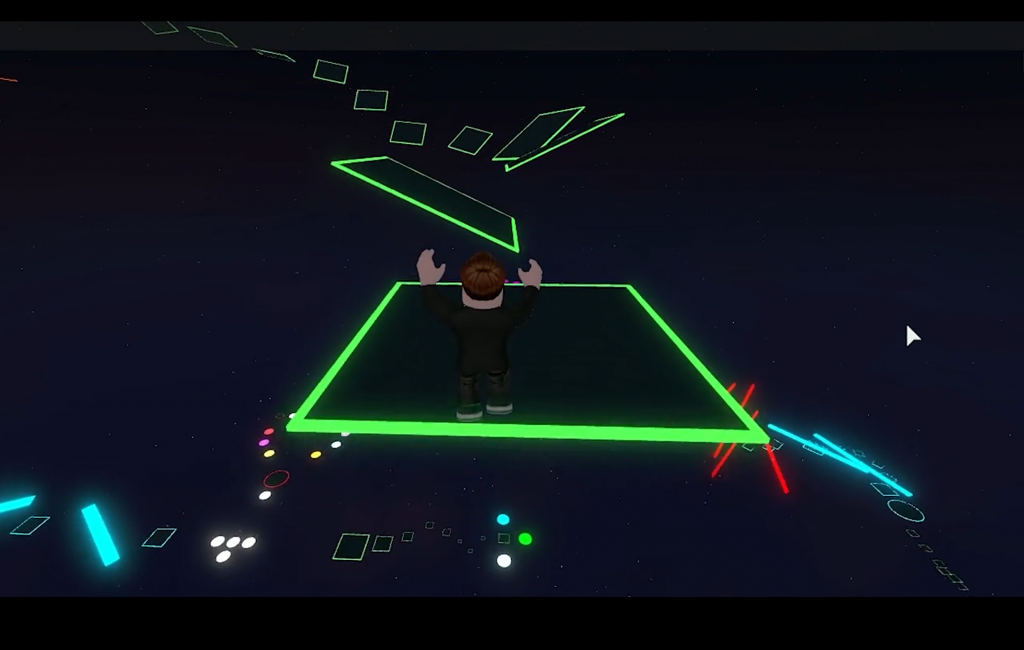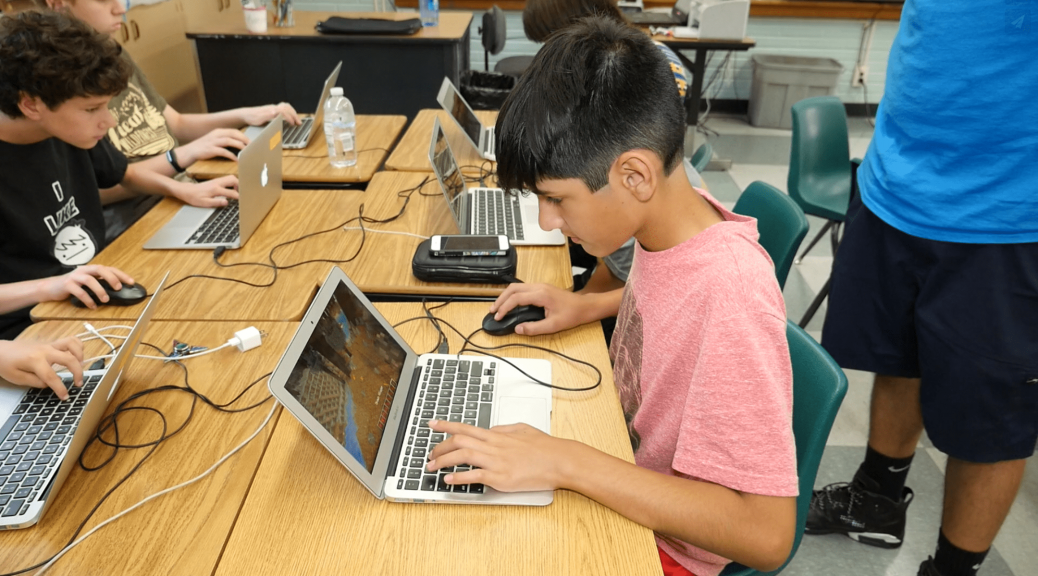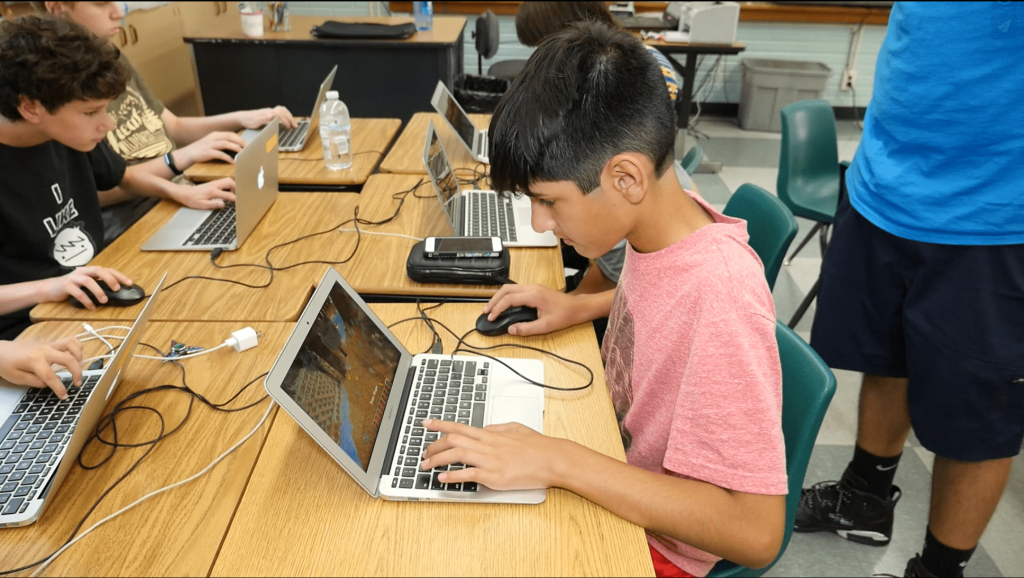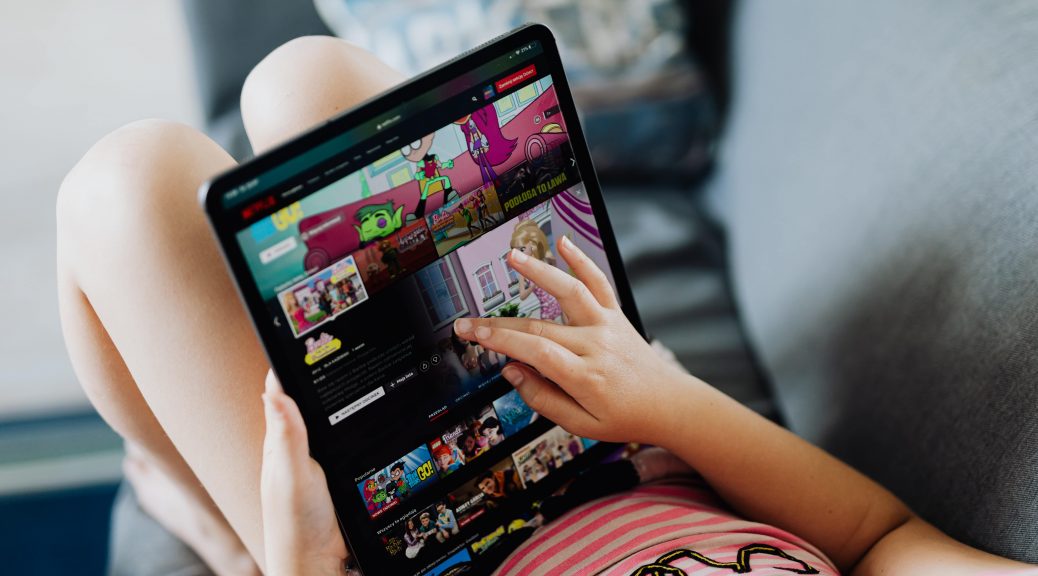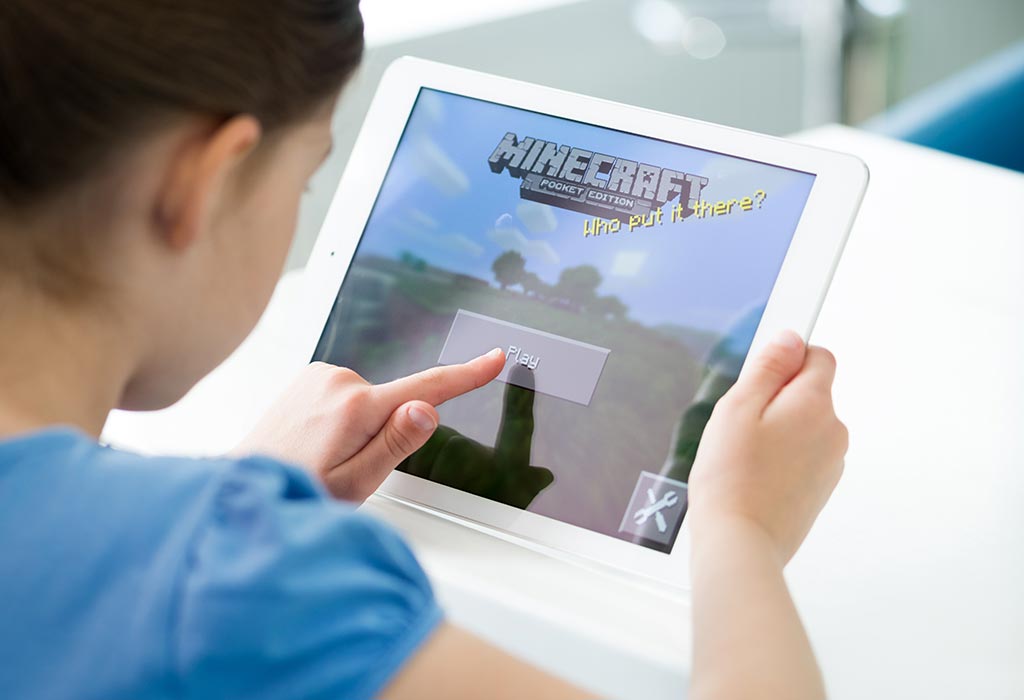Playing video games with your kids is a much better practice than you may think. Of course, we don’t want our kids growing up in front of the screen, but taking the time to share some quality screen time with them is a great idea. Video games have become more than an entertaining tool; video games are incredible tools to learn through play, experience and action.
Learning through games is often used to make knowledge more accessible and easy to connect with not only for kids, but also for adults. Think of Duolingo or Fitbit, apps designed to help engage its users with learning. Video games can do that too. That’s why we’ve created a list of games that are both fun and educational that you definitely should try with your children at home.
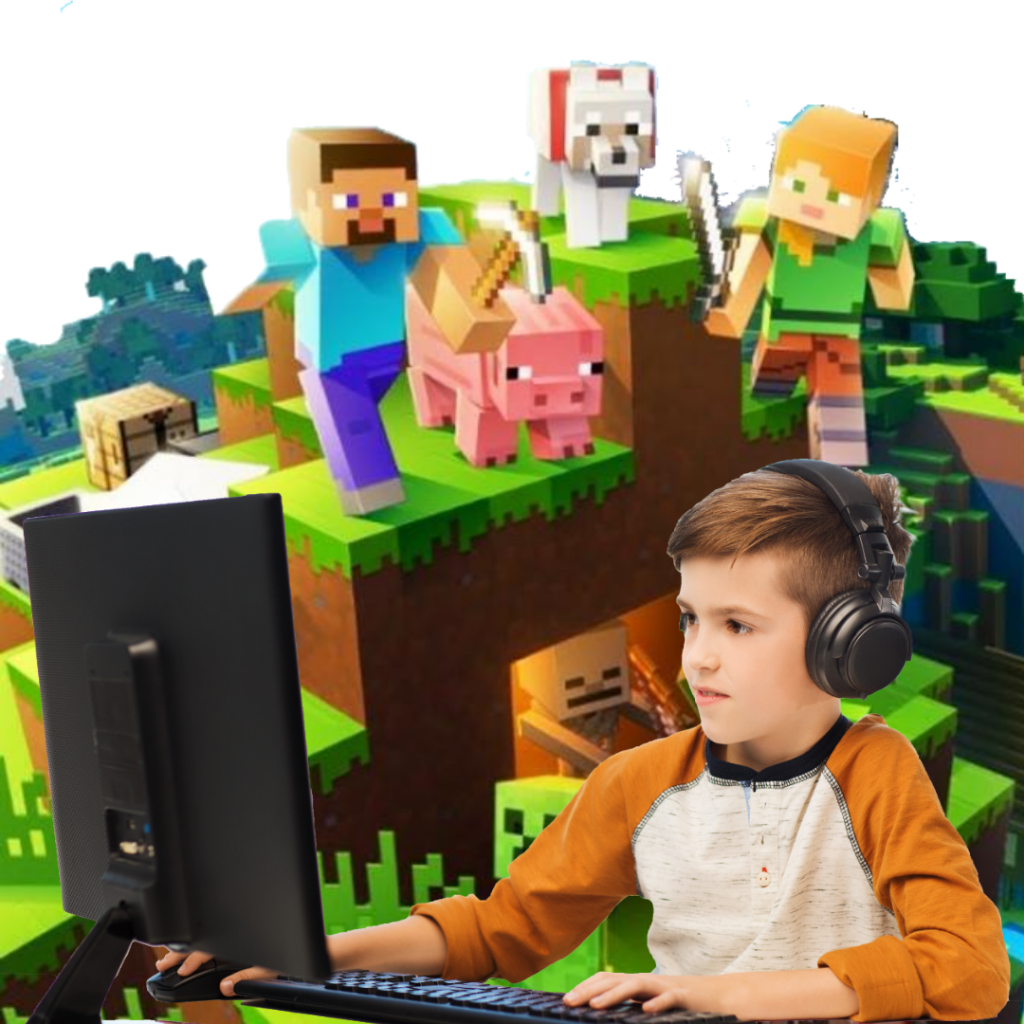
The Little Big Planet series:
This game series follows the adventures of Sackboy and his friends. The first two games are mostly platform-jumping and avoiding obstacles to make it to the next level. Players can also create their own levels, customize characters or build complex contraptions in a level. The game also helps develop logic, spatial orientation skills, design and problem solving.
Minecraft:
Minecraft is like virtual Legos. Minecraft has so many educational benefits for kids that it’s widely used in schools and tech camps to teach creativity, problem solving skills, engineering concepts, math and much more. Minecraft lets its users explore and create worlds by gathering resources, crafting tools and engaging in some combat. The flexibility of the game allows kids to approach the game in multiple ways which makes it more interesting for kids. It is also a great way to change sides and get involved letting your kid teach you something for a change.
Snipperclips:
This is a largely underrated co-operation game that’s perfect for parents and their children. Screaming instructions at each other, laughing hysterically and high-fiving as you snip your way through really fun levels are some of the characteristics of this game. Players must come up with creative ways to solve multiple puzzles, each one with unique objectives, such as fitting inside a shape template, carrying objects, or cutting out a pointed end in order to pop balloons.
Kerbal Space Program:
With this game your child can explore physics, the solar system, mathematics and basic aerospace engineering. This is a rocket simulation game, and it focuses on a space program for an alien race called the Kerbals. The idea behind the game is to build a rocket that works based on realistic aerodynamic and orbital physics. Once you get your Kerbals into space, you can explore the solar system, build bases and construct space stations. The game got a lot of attention from NASA and the B612 Foundation, a nonprofit dedicated to planetary science and planetary defense.
Where on Google Earth is Carmen Sandiego?
Explore the capitals of nations across the globe, locations of historic events and other geographical facts. Where on Google Earth is Carmen Sandiego? is a series of three video games that use Google Earth software and can be played by clicking the icon of Carmen Sandiego. Players use the magnifying glass to interview witnesses in different cities, gather clues while learning about geography and history. When they think they’ve figured out the next step, they can click the airplane icon to fly to the next city and continue unraveling the mystery.
Video games have become an excellent way to learn, have fun and, as parents, to be able to connect with our children. Have you tried or heard your children talk about any of these games? Tell us in the comments if you would try any of these video games with your children, or if you have any others you enjoy playing together!
